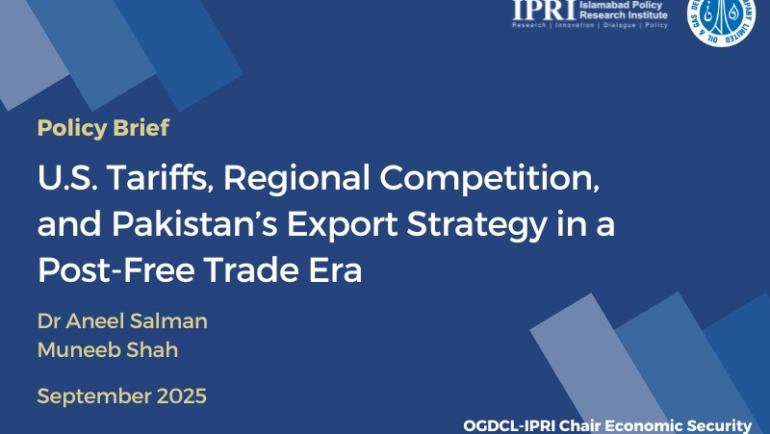Policy Brief 04/11/2025
Informality remains a defining feature of Pakistan’s economy. It acts as an employment shock absorber. It however constrains fiscal growth and productivity levels. This study examines the scale, pattern, size, and structural implications of Pakistan’s informal economy. Based on data from the Pakistan Labour Force Survey and the Pakistan Economic Survey, the informal economy is estimated to constitute around 59 percent of GDP. Equivalent to Rs 67,668 billion in Fiscal Year 2024-25.
This study highlights that informality in Pakistan is shaped by two overlapping processes. In urban centres, it is driven by regulatory exclusion and sludges, limited industrial absorption, and the high cost of formal compliance. Likewise, in border regions, it arises from geographical isolation, weak institutional reach, and historical trade linkages.
The empirical findings show that the wholesale and retail trade sector with 45 percent share dominates informal employment, followed by manufacturing, construction, and repair activities. The informal economy has distortive effects on fiscal revenue and productivity. However, it continues to sustain millions of low-income households and absorbing excess labour excluded from the formal system.
Regionally, Pakistan’s informal economy reiterates broader patterns across developing economies. India (50% of GDP and 62.4% employment), Turkey (35% of GDP), and Afghanistan and Iraq (over 70% of GDP) show that informality is both a structural and systemic feature of developing regions.

